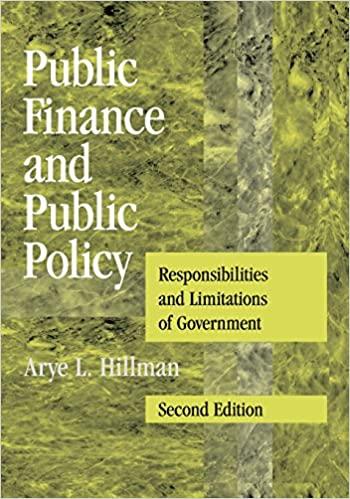read and understand this article
you are required to:
1. summarize the article
2. give an recommendation



Australian Journal of Basic and Applied Sciences, 7(4): 194-197, 2013 ISSN 1991-8178 Is Foreign Direct Investment (FDT) the Cause of Malaysia's Export? Rafiq Idris and Rizal Zamani Idris Department of Economics, Faculty of Economics and Administration, University of Malaya, 50603 Kuala Lumpur, Malaysia. School of Social Science, University Malaysia Sabah. Jalan UMS, 88400, Kota Kinabalu, Sabah, Malaysia Abstract: Malaysia is at the 25 position of world's top exporting country in 2011. Some attributed Malaysia's trade performance to openness of the country to trade and foreign direct investment (FDI). In this regard, FDI inflow to Malaysia was massive and some have linked the country's export performance to FDI intlow. This paper attempts to analyze the causality of FDI on Malaysia's export by looking into data from 1970 to 2010. Here the Granger Causality Test is performed to have econometric assessment to determine whether FDI have causality on Malaysia's export. The study result reveals that there is a long run relationship between FDI and Malaysia's export and FDI does granger cause Malaysia's export. Hence, policies which attract FDI should be implemented for a sustainable inflow of investment. Key words: Export, Foreign Direct Investment (FDI), Malaysia, Causality INTRODUCTION Malaysia is reported to be the 25th largest exporting nation in 2011 (WTO, 2012) from 43" in 1980. Some have attributed Malaysia's trade performance to trade openness (Ariff, 2008: WTO. 1997: WTO, 2006: Rafiq, 2010). There are many reasons which economists have pointed out as reasons explaining performance of import and export. Some studies like Blake, A., and N. Pain (1994) and Cabral, L. (1995) have emphasized that foreign direct investment have positive effects on export. For the case of Malaysia, foreign direct investment is believed top play vital role in explaining its export performance. The study of Alias Mat Derus, Ai-Yee, Ooi, Mohd Fahmi Ghazali and Siti Hajar Samsu (2008) states that FDI inflows and exports are cointegrated. This paper aims to analyze the causal relationship between Foreign Direct Investment (FDI) and export looking from Malaysia's experience over the period 1970 to 2010. Stationary test using Augmented Dickey- Fuller and Phillip-Perron test are undertaken to check whether the time series are stationary or not. Then, an Engle-Granger 2 Step Algorithm test is undertaken to check whether they are cointegrated. Finally, Granger Causality test is undertaken to check the causal relations between FDI and export. The paper's findings suggest that FDI inflows and exports are cointegrated which implies that there was a long term relationship between them and there is a causal relations from FDI on export. Section two gives the study methodology, Section three presents the study results. The final section gives concluding remarks MATERIALS AND METHODS Data: In this study, I used annual data of FDI from World Bank website (World Bank, 2011) und data of Malaysia's export from United Nations Commodity Trade Website (United Nations, 2011) from period 1970 to 2010 (40 years observation), Tests for Stationarity: In order to use and test the time series data that I am using in this study, it is vital to check for stationarity of variables in the model. The time series data which are going to be used in the model requires a test to check the existence of unit root. Unit root test is undertaken on each variable to ensure they are integrated (Gujarati, D. and Porter D., 2009). Verily, the used of non stationary series could result in spurious regression (Gujarati, D. and Porter D. 2009). In this regard, I will conduct the Augmented Dickey Fuller (ADF) test. Thus, here ! estimate by including a number of the lagged values and the ADF test is based on the regression equation with the inclusion of a coconstant and a trend in the form of Corresponding Author: Rafiq Idris. Department of Economics, Faculty of Economics and Administration, University of Malaya, 50603 Kuala Lumpur, Malaysia E-mail: rafiqlidris@yahoomail.com rizal.idris mail.com 194 Aust. J. Basic & Appl. Sci., 7/4): 194-197, 2013 k AX-B48 X. +, AX+& i=1 = (1) ) ... -I . where X,= variables of interest in the logarithm forms at time trend I. AXexpresses the first differences with k lags and e is the white noise residual of zero mean and constant variance. The coefficients (B.8. u are those parameters being used to estimate. The null and the alternative hypothesis for the existence of unit root in variable X, are as follows: H: 8-0 (X, is non-stationary or contains a unit root) H:6










